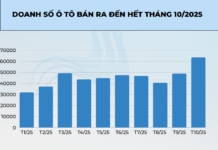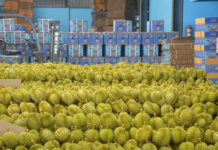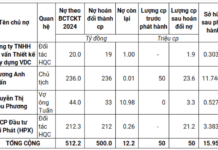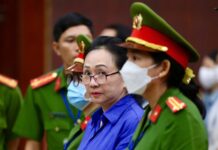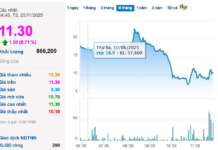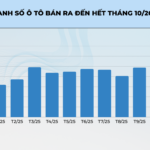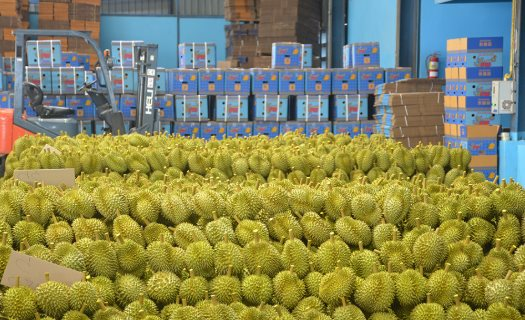
Illustrative Image
Kyaw Min, Chairman of the Myanmar Durian Production and Export Association, told Xinhua on November 23 that Myanmar is gearing up to enter the global durian market, with plans to commence exports between 2026 and 2027.
According to Min, preparatory efforts are underway, including registration with China’s General Administration of Customs (GACC) and product development in two key areas: fresh durians and value-added processed products. The association aims to attract international investors, experts, and entrepreneurs to support advanced processing initiatives within Myanmar.
Min highlighted the sector’s rapid growth potential, anticipating significant foreign exchange earnings through exports. However, achieving this goal requires technological upgrades, machinery investments, and the establishment of stable export markets.
To promote Myanmar’s durian industry, Myint Sein, Commissioner of the Ayeyarwady Durian Production and Export Cluster, has actively participated in international events such as the China-ASEAN Expo and the Asian Durian Summit. He views these platforms as opportunities to showcase Myanmar’s potential, connect with foreign businesses, and explore new markets—not only for durians but also for bamboo products.
“We have the land, labor, and high-quality raw materials. What we need now is technology, machinery, investment, and a robust market,” he stated. “Most farmers remain in poverty because they cannot produce value-added goods. Advancing deep processing will enhance their income and livelihoods.”
Myanmar currently cultivates durians on approximately 24,281 hectares nationwide (roughly 1/8 of Vietnam’s durian cultivation area as of 2024), with over 1,610 hectares in Yangon. Key growing regions include Kayin State, Mon State, Tanintharyi Region, Bago, Yangon, and Ayeyarwady.
Despite its vast land resources, Myanmar lacks large-scale production and processing capabilities. Industry experts emphasize that international collaboration and technological advancements are crucial for accelerating exports in the coming years.
Myint Sein believes that with coordinated and strategic development, the durian industry can significantly improve farmers’ livelihoods and contribute to national economic growth.

